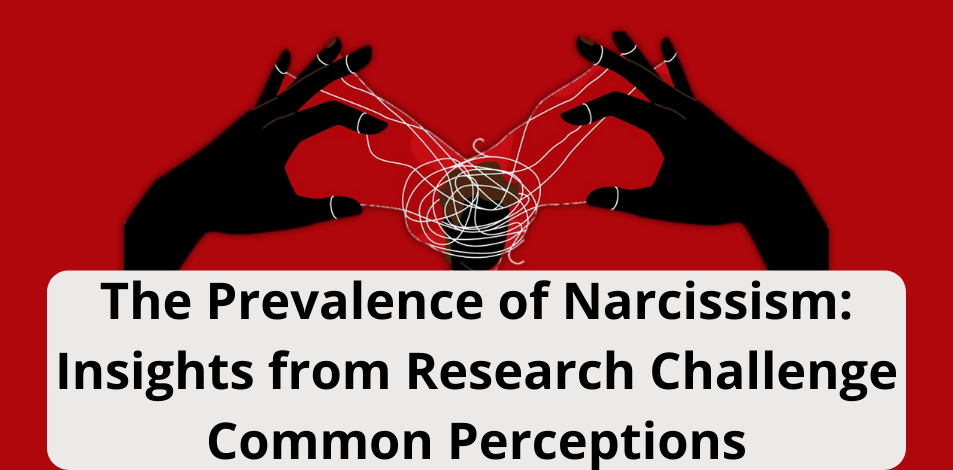
Narcissism is a term that is often thrown around casually in everyday conversations, but what do we really know about its prevalence in society? Is narcissism as widespread as we think? Recent research has highlighted the complexities and prevalence of narcissistic traits, challenging common perceptions.
Definition of narcissism
Before delving into the prevalence of narcissism, it is necessary to understand what narcissism entails. Narcissism is a personality trait characterized by a great sense of self-importance, a constant need for admiration, and a lack of empathy for others. People with high levels of narcissistic traits often display behaviors such as self-centeredness, entitlement, and a desire to dominate conversations.
Spectrum of narcissism
Narcissism is not an all-or-nothing trait but exists on a wide spectrum. On the one hand, we have individuals with Narcissistic Personality Disorder (NPD), a diagnosable mental health condition characterized by pervasive narcissistic traits that significantly impair a person’s functioning. On the other end of the spectrum are individuals who may exhibit narcissistic tendencies at times but do not meet the criteria for narcissistic personality disorder.
Prevalence of narcissistic personality disorder (NPD)
Estimates of the prevalence of narcissistic personality disorder vary, but it is generally considered relatively rare. According to the Diagnostic and Statistical Manual of Mental Disorders (DSM-5), the prevalence of narcissistic personality disorder in the general population is estimated at 0.5% to 1%. This suggests that true narcissistic personality disorder is not as common as popular culture or casual conversations might lead us to believe.
The rise of subclinical narcissism
While full-blown narcissistic personality disorder is relatively rare, subclinical narcissism, which refers to narcissistic traits that do not meet the threshold for a clinical diagnosis, may be more prevalent. Research in recent years has shown that narcissistic traits, such as a sense of entitlement and a desire for admiration, are on the rise in some Western societies. However, it is important to note that cultural factors and societal changes may influence the expression of narcissistic traits.
Generational differences
Studies suggest that younger generations may display slightly higher levels of narcissism than older generations. This generational shift may be influenced by factors such as changes in parenting styles, increased exposure to social media, and shifts in cultural norms.
Conclusion
In conclusion, narcissism is a complex personality trait that exists on a spectrum ranging from occasional narcissistic tendencies to diagnosable narcissistic personality disorder. While narcissistic personality disorder is relatively rare, subclinical narcissism may be more prevalent, and its expression can vary across generations and cultures. It is important to approach discussions of narcissism with nuance and understand their multifaceted nature. More research is needed to further unravel the complexities of narcissism and its prevalence in society.
Disclaimer: This article provides general information and should not be considered a substitute for professional mental health advice or diagnosis. If you or someone you know is struggling with narcissism or related issues, it is recommended to seek guidance from a qualified mental health professional.




